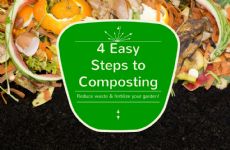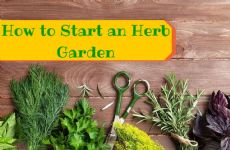|
One of the earliest lessons my parents taught me was to eat what's in season. Being from a farm family, you quickly learn that if food is not harvested at its peak it either goes rotten in the field or becomes a meal for birds, insects, or the Earth. That's why we eat fruits and vegetables fresh when they are in season. That means you'll eat your weight in asparagus in May, strawberries in June, pepper and corn in July, and tomatoes in August. After eating tomatoes every day for a month, you might be tired of them in late summer, but don't you long for them during the cold winter months? But wait, you can still enjoy the harvest if you follow the rules that mother Nature gives to the animals: pack away some of your harvest for the off season. You don't have to be a farmer's daughter to enjoy the bounty of the harvest. Check out your farmers market or even your local grocery store during peak growing months and purchase good quality fruits and vegetables then have a freezing party at your home. If you are too busy to freeze peak fruits and vegetables at home, no worries. You can find good quality frozen fruits and vegetables at your local market. First we all need to understand how freezing affects our foods. Freezing is the most dramatic form of temperature change for all fruits and vegetables. Freezing stops microbes from spoiling food, but it also kills plant tissue. When frozen plants thaw, the cells leak fluids and some foods can lose their crisp texture. Freezing can also affect color of foods. Peaches and apples tend to turn brown once frozen. The beauty of buying frozen foods from your market is that processing plants tend to be near farmland so that the fruits and vegetables are frozen within hours of picking. The other plus is that the manufactures are able to freeze at extreme levels of cold, -40 degrees to be exact. The extreme temperature will reduce ice crystal formation. Most of us cannot reach that level in our home freezers. Go ahead and feel good about letting someone else do the work. You can safely freeze foods at home, if you follow these simple rules.
With the start of the growing season upon us, it's the perfect time to read up on storing your favorite fruits and veggies. What do I freeze, you ask? Here's a list of Chef Meg's Favorite Foods to Freeze Strawberries: Cut off green stems and slice in half. Freeze on a sheet pan then once frozen transfer to air tight containers. Blueberries: Make sure they are ripe--there's nothing worse than a sour, unripe blueberry. Freeze on a sheet pan then once frozen transfer to air tight containers. Use in muffins, smoothies, or straight from the freezer as a snack. Avocados: Puree the flesh and pack in sealed containers. Have your seen the price of avocados when they are out of season? I laugh all the way to my freezer. Beans: You must blanch and shock them or they will be freezer burned in no time. Bell or Hot Peppers: Just slice them and freeze them--no need to blanch and shock. Leave the seeds in the hot ones if you prefer. Corn: My favorite! I can't stand frozen corn on the cob. The cob gets all mushy. Cut the kernels off the corn then blanch and shock. Tomatoes: I never had luck with freezing raw tomatoes. I turn my abundant crop into homemade tomato sauce, salsa, and stewed tomatoes then freeze those. Want more info on growing your own food? Check out SparkPeople's Backyard Gardening Lifestyle Center. Do you freeze your own food? If so, which fruits and vegetables are your favorites? Want more healthy recipes from me and fellow SparkPeople members? Be sure to subscribe to SparkPeople's Recipe of the Day email. Click here to sign up! Did you know SparkRecipes is now on FacebookLike this recipe? Then you'll love "The SparkPeople Cookbook: Love Your Food, Lose the Weight." ? Click here to "Like" us! Want more healthy recipes from me and fellow SparkPeople members? Be sure to subscribe to SparkPeople's Recipe of the Day email. Click here to sign up! Did you know SparkRecipes is now on Facebook? Click here to "Like" us! Like this recipe? Then you'll love "The SparkPeople Cookbook: Love Your Food, Lose the Weight." |
Popular Entries
More From SparkPeople
|



.jpg)














